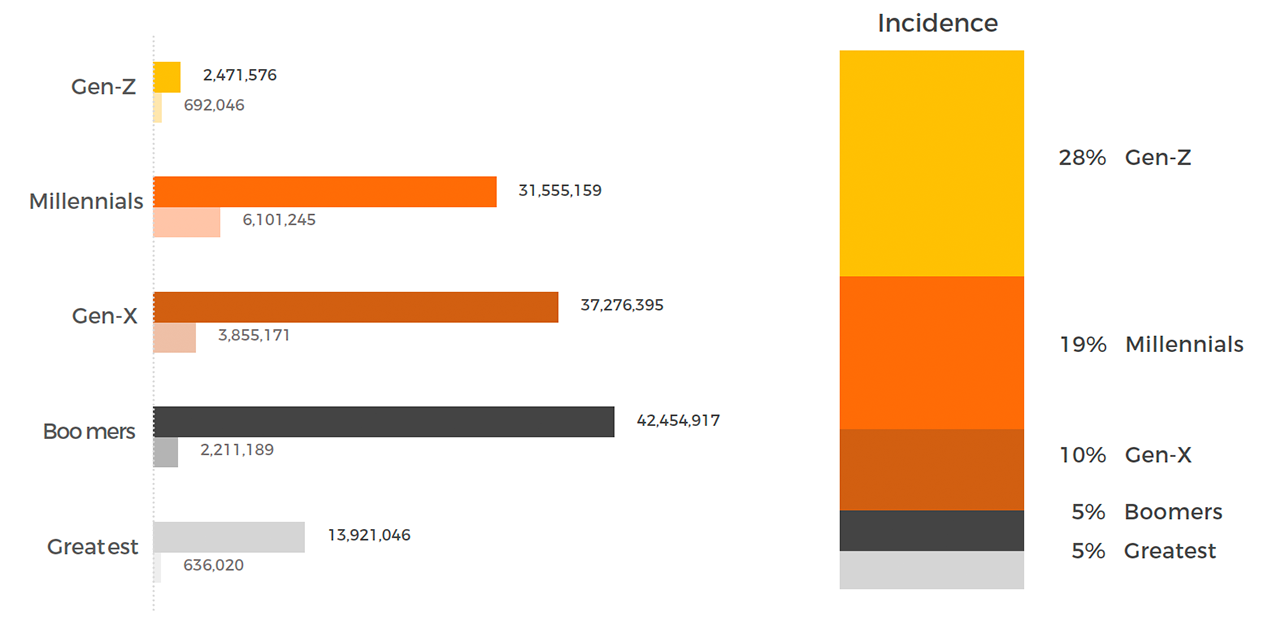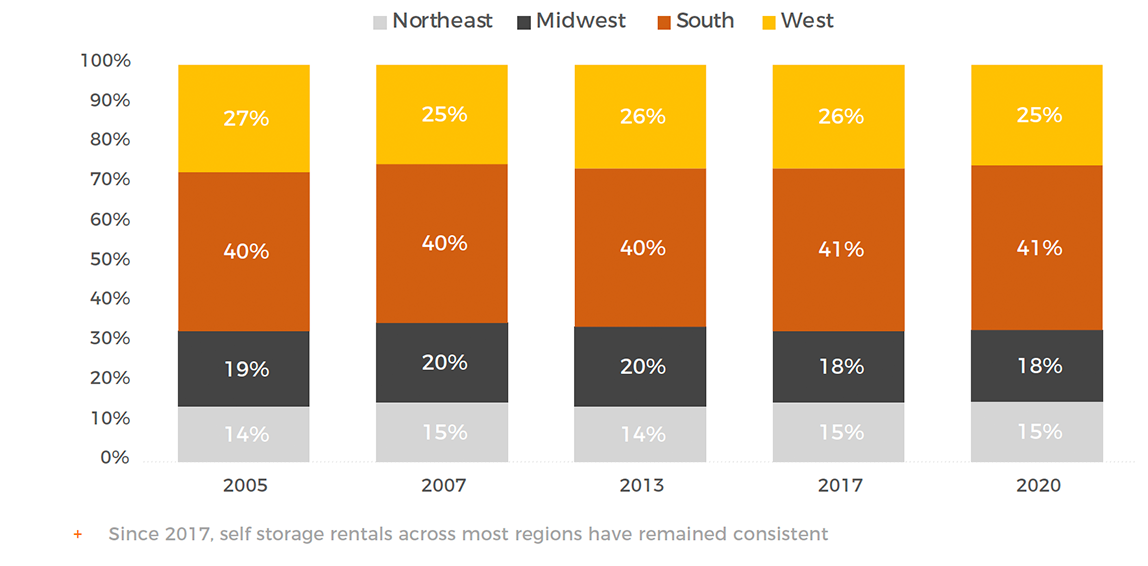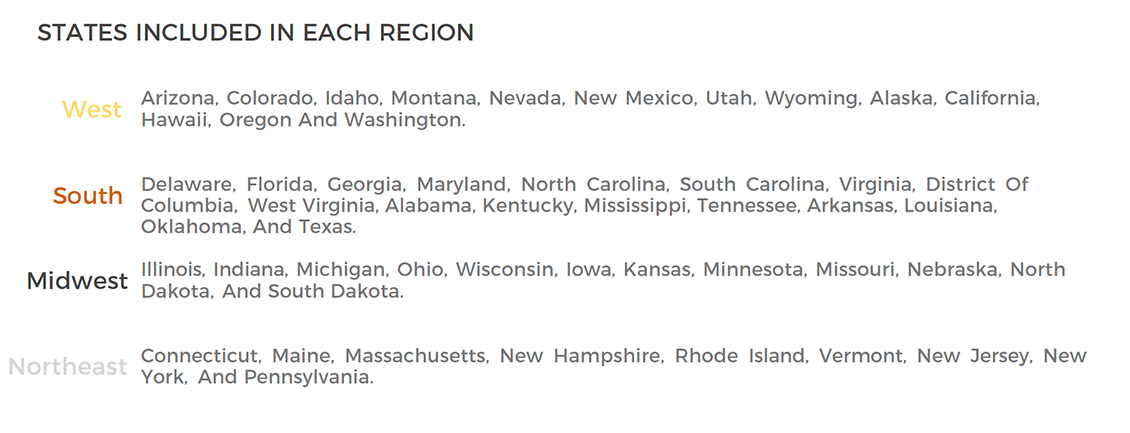The Basics of
Self-Storage
The term “self-storage” is short for self-service storage, sometimes also called mini storage. Self-storage facilities lease space to Individuals (usually storing household goods), or too small businesses (usually storing excess inventory or archived records).
The rented spaces, known as “units”, are secured by the tenant’s own lock and key and facility operators do not have access to the contents of the space but may provide computer-controlled access to rental space areas.
Self-storage businesses exist to offer their customers a safe place to store household goods, business materials, vehicles, and anything else that the customer needs to stow away.
Consumer and business-facing self-storage facilities are growing – 9.4% of American households use a storage facility each year.
Currently, the sector is generating over 20 billion dollars in revenue, with roughly 50,000 storage facilities in the US and total rental space of more than 1.7 billion square feet. This growth in storage facilities has not gone unnoticed by the media. Numerous storage-based reality shows like Storage Wars dominate television networks, and the self-storage facility has profoundly entered the American cultural lexicon.
American’s love their stuff.
But, younger Americans
REALLY love their stuff!
American’s love their stuff.
But, younger Americans
REALLY love their stuff!
Total House holds vs. Self renter households

Last, commercial tenants are becorning more prevalent. Take a look at the chart below Since 2005, we have 1.5 million fewer businesses in the United States. Yet, the self-storage business renters have actually increased. You can see this confirmed in the business penetration rate from the 2020 Self Storage Association demand study.

Self-storage is also commonly the lowest-basis commercial property type, which has important implications for financial performance as well as long-term property strategy- Approximately half of the self-storage renters are in the process of moving, so they have a strong need for the service. At the same time, the expense of using self-storage is relatively modest for households, so property owners are able to push rents aggressively when economic conditions are positive.
In addition, self-storage properties sometimes possess long-term opportunities to rezone the parcel to a higher value use, which gives the owner a possible upside in the future
Over the last few years, occupancy has trended up for self-storage facilities.
The increase in occupancy has likely been driven by strong job growth, rising demand from movers, lengthening average rental term and more efficient property management as the industry integrates better technology and active management.
The supply of new properties has been modest because it is more difficult to obtain construction financing for self-storage than for some other property types.
Rent growth is strongest in low-supply markets such as Seattle, popular with Millennials, as well as booming retirement destinations in Florida.
Average Price of a Storage Unit in Florida

The average price consumers have paid for a storage unit over the past few years in Florida.
The industry shows us that retirement destinations, like most of the southern states, tend to be very strong markets for self-storage.
The chart below from a 2020 Self Storage Association demand report shows us that a higher percentage of users in the southern states.
Self Storage User by Region


